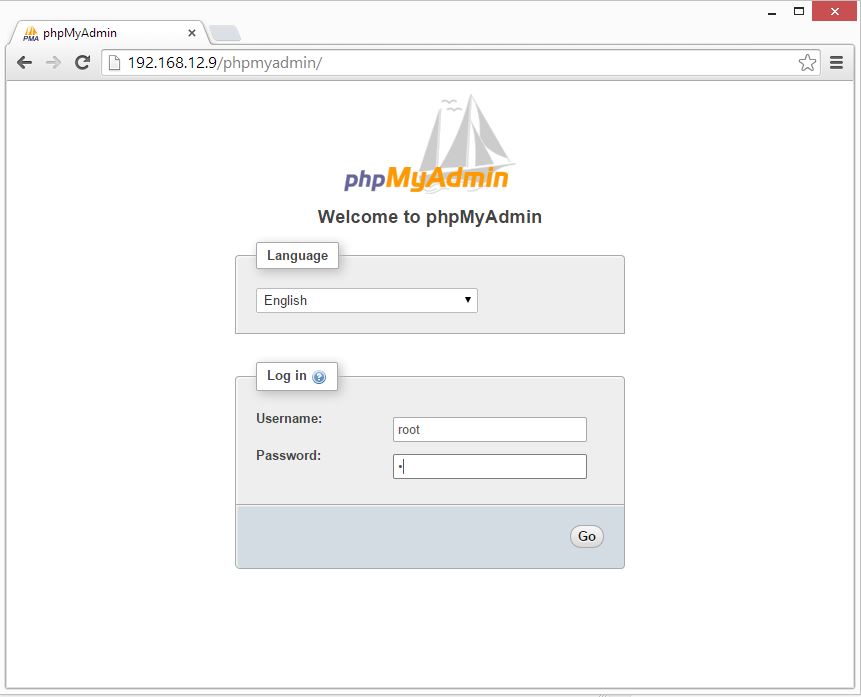
Use a text editor such as "sudo nano" at the command line or "gksudo gedit" on the desktop to create a new file, $ sudo nano /etc/apache2/conf.d/fqdn In older versions of Apache, the configuration files were located in a different directory. This can all be done in a single command with the following: $ echo "ServerName localhost" | sudo tee /etc/apache2/conf-available/nf & sudo a2enconf fqdn To the file, save it, and enable your new configuration file by running the command below. Or $ gksu "gedit /etc/apache2/conf-available/nf" Use a text editor such as "sudo nano" at the command line or "gksudo gedit" on the desktop to create a new file, $ sudo nano /etc/apache2/conf-available/nf With your web browser, go to the URI : if you read "It works!", which is the content of the file /var/Troubleshooting ApacheĪpache2: Could not determine the server's fully qualified domain name, using 127.0.0.1 for ServerName

REINSTALL PHPMYADMIN UBUNTU 14.04 INSTALL
To only install the apache2 webserver, use any method to install: You may also want to purge these packages: mysql-client-core-5.5 mysql-server-core-5.5 To get rid of any configurations you may have made to apache, manually remove the /etc/apache2 directory once the packages have been removed.

To also remove the debconf data, use the purge option when removing. You might wish to simulate this removal first, and only remove the packages that don't cause removal of something desired.Īpache2 apache2-mpm-prefork apache2-utils apache2.2-common libapache2-mod-php5 libapr1 libaprutil1 libdbd-mysql-perl libdbi-perl libnet-daemon-perl libplrpc-perl libpq5 mysql-client-5.5 mysql-common mysql-server mysql-server-5.5 php5-common php5-mysql

REINSTALL PHPMYADMIN UBUNTU 14.04 HOW TO
Starting over: How to remove the LAMP stack To install the default LAMP stack in Ubuntu 10.04 and above This is to help people set up and install a LAMP ( Linux- Apache- MySQL- PHP) server in Ubuntu, including Apache 2, PHP 5 and MySQL 4.1 or 5.0. Alternative: install phpMyAdmin from source.Troubleshooting Phpmyadmin & mysql-workbench.Starting over: How to remove the LAMP stack.To install the default LAMP stack in Ubuntu 10.04 and above.


 0 kommentar(er)
0 kommentar(er)
